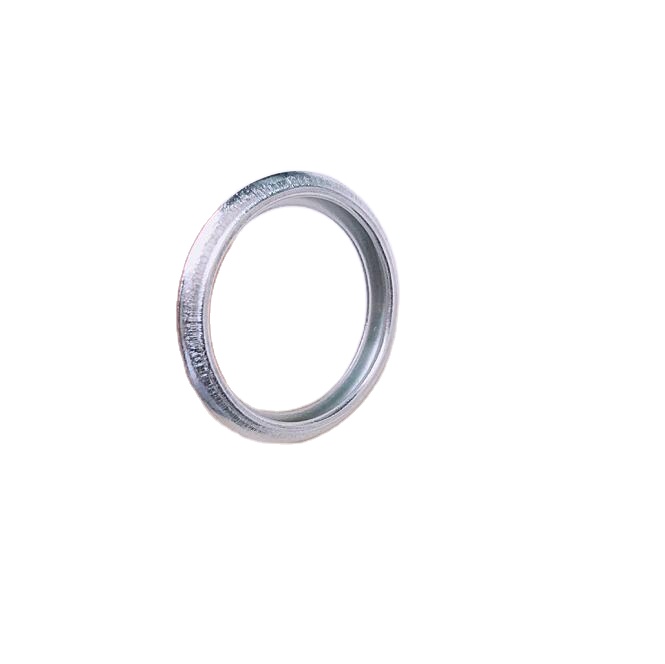power steering pressure hose seal ring
Understanding the Power Steering Pressure Hose Seal Ring
Power steering is an essential system in modern automobiles that enhances the driver's control and ease of steering. One critical component of this system is the power steering pressure hose, which facilitates the flow of hydraulic fluid from the pump to the steering gearbox or rack. Within this subsystem, the seal ring plays a vital role, ensuring the efficient functioning of the power steering system. This article will delve into the significance of the power steering pressure hose seal ring, its function, potential issues, and maintenance tips.
What is a Power Steering Pressure Hose Seal Ring?
The power steering pressure hose seal ring is a small but crucial component that helps maintain the integrity of the hydraulic system. Typically made from durable materials such as rubber or nylon, this ring is designed to create a tight seal where the pressure hose connects to the steering unit. By preventing fluid leakage, the seal ring allows for the smooth transmission of hydraulic pressure necessary for efficient steering.
The Function of the Seal Ring
When the driver turns the steering wheel, the power steering pump generates hydraulic pressure that assists in the movement of the vehicle's wheels. The pressure hose carries this fluid under high pressure. The seal ring's primary function is to prevent this high-pressure fluid from leaking at the connection points, which could lead to a drop in pressure and ultimately affect the vehicle’s steering responsiveness. Without a proper seal, fluid could escape, leading to inefficient operation and potential damage to the power steering pump and the steering mechanism itself.
Common Issues Associated with Seal Rings
Over time, seal rings can experience wear and tear due to several factors, including heat, pressure, and exposure to contaminants. Here are some common issues that can arise
1. Fluid Leaks One of the most evident signs of a failing seal ring is fluid leakage. If you notice puddles of power steering fluid underneath your vehicle or a noticeable drop in fluid levels, it may indicate a compromised seal ring.
power steering pressure hose seal ring

2. Hissing or Whining Noises A failing seal can lead to air entering the hydraulic system, resulting in abnormal noises when steering. If you hear hissing or whining sounds while turning the wheel, it may be time to inspect or replace the seal ring.
3. Poor Steering Response A malfunctioning seal ring can lead to inconsistent hydraulic pressure, resulting in a delayed or unresponsive steering feel. If your car feels difficult to steer or behaves erratically, it could signal a seal ring issue.
Maintenance and Replacement
To prolong the lifespan of the power steering pressure hose seal ring, regular inspections and maintenance are essential. Here are some tips
- Regular Fluid Checks Keep an eye on your power steering fluid levels. Low fluid can indicate leaks, prompting a closer inspection of the seal ring and connection points.
- Visual Inspections During routine vehicle maintenance, check the condition of the power steering hoses and seal rings. Look for signs of wear, cracking, or deterioration.
- Prompt Replacement If you suspect a problem with your seal ring, it’s crucial to replace it immediately. Ignoring the issue could lead to more significant problems, including damage to the power steering pump or steering system.
Conclusion
The power steering pressure hose seal ring may be a small component, but its role is critical in maintaining the efficiency and reliability of your vehicle’s power steering system. Understanding its function, recognizing potential problems, and ensuring regular maintenance can lead to a safer driving experience and a longer lifespan for your vehicle’s steering components. If you encounter any signs of failure, consult a professional mechanic to address the issue promptly, ensuring that your vehicle remains responsive and safe on the road.
-
Seal 12x20x5: Precision Radial Shaft Seals for Industrial Reliability
News Nov.24,2025
-
Seal 12x18x5: Essential Guide to Specifications, Applications & Vendors
News Nov.24,2025
-
Understanding Seal 12 20 5: Applications, Specifications & Industry Insights
News Nov.23,2025
-
Durable Oil Seal 85x110x12 – Reliable Sealing Solutions for Industry
News Nov.23,2025
-
Durable and Precise Oil Seal 75x95x10 for Efficient Machinery | YJM Seal
News Nov.22,2025
-
Durable Oil Seal 75x100x10 for Reliable Industrial Performance | YJM Seal
News Nov.22,2025
-
High-Quality Oil Seal 65x90x10 | Durable & Reliable Sealing Solutions
News Nov.22,2025
Products categories















